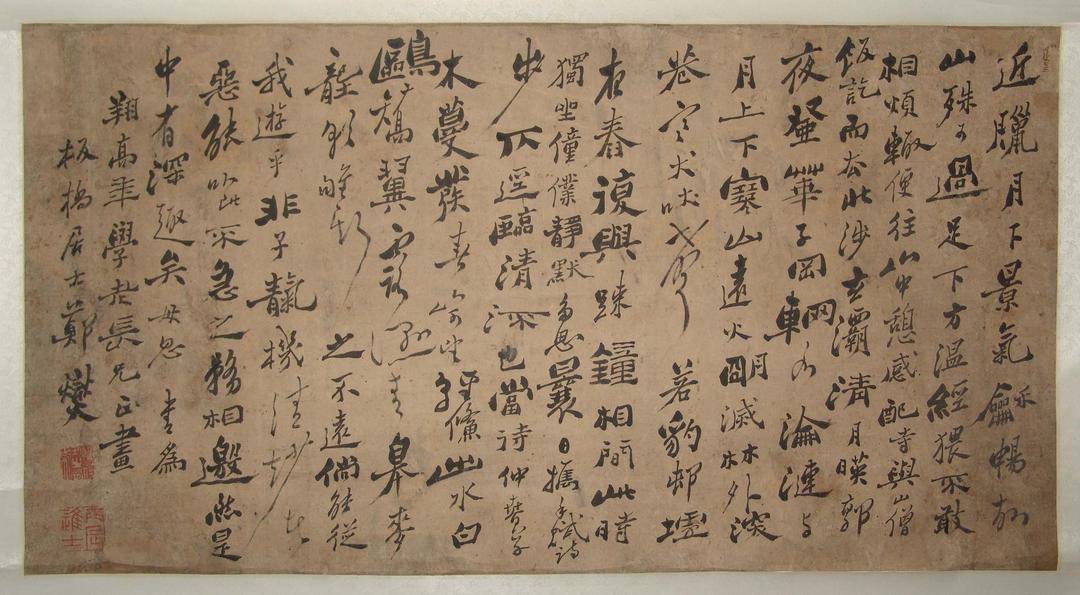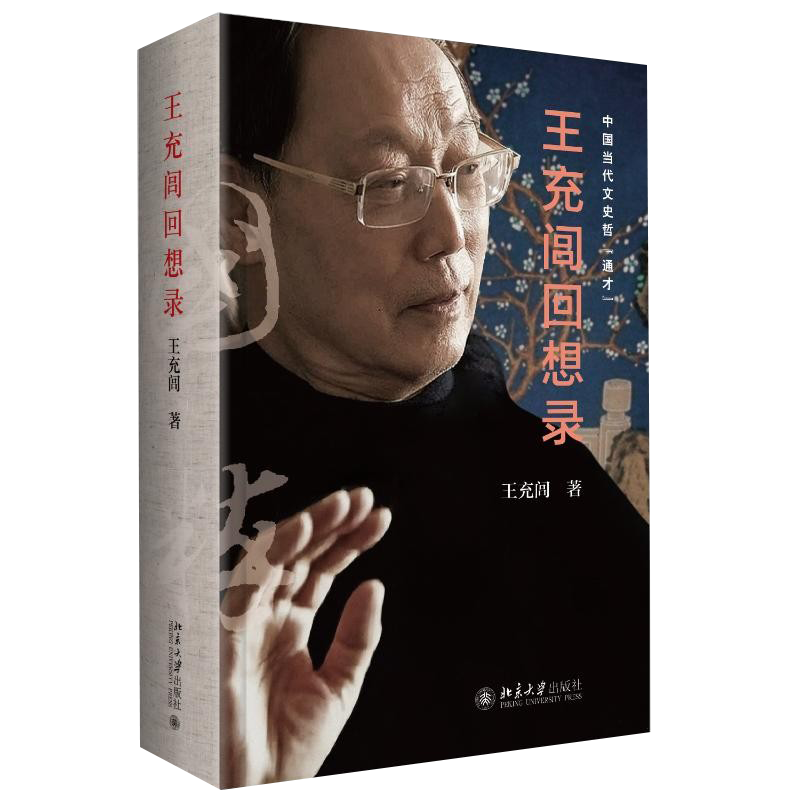Jiangsu Thirteen Treasure | Banqiao, Millennium Silver ingots, Southern Celadon ... Taizhou Treasure Crying Picks Flower Eyes
Author:Yangzi Evening News Time:2022.09.03
Guided by the Jiangsu Provincial Party Committee's Network Information Office, Jiangsu Provincial Department of Culture and Tourism, Jiangsu Provincial Cultural Relics Bureau, sponsored by Xinhua Newspaper Media Group, and the "Jiangsu Thirteen Treasures" series organized by Zi Niu News and Yangzi Evening News officially kicked off. The majority of readers and netizens voted and combined with experts, and thirteen treasures stood out on behalf of Jiangsu 13 cities.

After more than 2100 years of ancient city, Thailand has a long history and rich cultural relics. The museum of "tangible history" in the city not only records her development footprints, but also carries her historical and culture, connecting the past and future of the city. Which treasure did the Xinghua Museum, the Taizhou Museum, and the Taixing Museum recommended? Go to appreciate the treasure together.

Qing Zhengzhengxing Shuxingxu axis
The national second -level cultural relics "Book of Books" in the collection of Xinghua Museum depicts the landscape scenery around Wang Wei's "辋 兴 兴 兴", and entrusts the deep nostalgia for friends, expressing it with my old friends again. Wishes and expectations. The friendship of friends is not only coherent, but also clearly. The article focuses on writing scenery. The scene description is like painting, with high skills. The first half describes Xiao Shujing in winter, the second half describes the spacious spring, the language is simple and simple, the writing is elegant, the rhythm of poetry, painting The beauty is a rare beauty.
Zheng Yan (1693-1765), the word Kirou, No. Banqiao, Jiangsu Xinghua. The well -known painter and writer in the middle of the Qing Dynasty, an outstanding representative of "Eight Monsters in Yangzhou". He is good at painting flowers and birds, especially "orchid bamboo stone". It is known as the "poetry, calligraphy and painting", and has served as the Huai County Order of Fan County, Shandong for more than ten years. In his later years, he went to officials and sold Yangzhou. He claimed artistic creation.
This work is the masterpiece of Zheng Banqiao's calligraphy "six and a half books", and the world is called "Banqiao Body". "Six and a half books" is based on Han Li, with the method of truth, grass and painting orchids, forming a multi -body combination. It is too dense, and the pen is prioritized, such as running away from the falling stone, Hongfei beasts, and the dancing in the snake. The rhythm is clear and rhythmic. The tradition is manifested in the personality, and the personality is publicized in the tradition, which fits the artistic thoughts of Banqiao's consistently advocating "True Seven Three".

Tang Dynasty silver ingot
There are 5 groups of silver ingots of the Tang Dynasty in Xinghua Museum, which has a history of more than a thousand years. In 1991, Fan Luhua, a farmer in Hainan Township, Xinghua City, accidentally discovered when digging the ditch that because he didn't know what it was, he picked up the ax to split one of them into two. It was originally 6 yuan, and the remaining 5 pieces are well preserved.
From the perspective of the shape of the Tang Dynasty, it is generally divided into two types: barcuffs and round silver cakes. This group is a waist -shaped ship -shaped silver -shaped silver -shaped silver -shaped, rolling of the bow and stern, because of the age. The outer layer is oxidized with silver rust and paste, showing dark brown appearance characteristics.

The weight of the Tang Dynasty is generally divided into five, two, 40, 20, and 10 two. The one -two silver in the late Tang Dynasty was about 42 grams. This set of 5 pieces of weighing is basically between 1700 grams and 1950 grams. According to the exchanges of ancient and modern equivalents, 1 two silver in the late Tang Dynasty was roughly equivalent to the purchasing power of more than 4,000 yuan, so each one is equivalent to the purchasing power of more than 100,000 yuan. Such a large -faced silver ingot is generally a tax silver contributed to the court cast by the government. Basically each surface will be engraved with inscriptions such as the age, the craftsman, and the purpose of pouring. Inscription.
The ancient people did not use silver ingots in their lives. Generally, they used money, that is, copper coins, which involved large silver or silver tickets when they involved the big sale. There was such a large amount of silver ingots more than a thousand years ago. It is enough to see the strong national strength of the Tang Dynasty and the strong economic development of the Tang Dynasty.


Neolithic Age Male Elk skeleton sub -fossil
In the Neolithic era, the male elk skeleton sub -fossil is about 2 meters long, the shoulder width is 1 meter, the earth is red, and there are knife marks on the antlers. In December 1976, Tai County (now Jiangyan City) was unearthed in the Yanghe site. The body is as large as a cow, the corner is complete, and the shape is beautiful. It is the only basic neolithic era of the male elk skeleton skeleton that has been found in the world so far.

Southern dynasty blue glaze lotus petal tattoos
In November 1994, workers on the warehouse construction site of the northern Jiangsu Electric Machinery Factory in the western suburbs of Taizhou found a ceramic cellar when digging the base tank. The dug out of this celadon lid, short neck, arc shoulder, abdomen, flat bottom. The inside and outside of the jar are covered with green glaze, and there are six bridge -shaped bridges on the shoulders. A group of two or two are relative. The belly on the tank is shallowly engraved with thirteen petals to cover the lotus pattern, fifteen -petal bishes in the lower abdomen, and the middle part of the abdomen is engraved with the branches to endure the winter pattern. The entire porcelain can looks full of muddy garden, simple and solemn, and the crystal green glaze is green green, so it has the beauty of light of jade. Generally speaking, the green glaze can in the Six Dynasties is very rare, and this can not only has a lid, but also the shape of the lid is very special. There is a square New New New New New New New New New New New. There is a round shape in the middle of the button In the hollow, there are eight -petal -shaped lotus pattern engraved around the New New.
As early as during the Shang and Zhou dynasties, my country had primitive celadon. Over time, the production of celadon in the late Eastern Han Dynasty was very mature and gradually became the leader of the porcelain family. The southern dynasty celadon is famous for its unique shape and exquisite glaze color, and various patterns have inextricable connections with Buddhism. For example, the common lotus petals at this time. The character of the Buddhism is quite consistent with the idea of the world advocated by Buddhism, so it is regarded as a "Buddhist sage flower" by Buddhist apprentices. During the influence of Buddhism during the Southern Dynasties, ceramic handicrafts absorbed Buddhist art and applied to ceramics. In addition to the lotus petal pattern, the square buttons of this celadon lid can be so different. It should be the simplified shape of the early mandala altar in Buddhism. Looking at the top of the jar, the striped gap engraved on the square lid button represents the city's cricket. The eight lotus petals are symmetrically distributed, indicating the lotus throne in the altar. One thing allows him to better communicate with the gods. The tank height and maximum abdominal diameter are 28 cm, like a round wheel, symbolizing the feet of the round wheel. The round -glaze inner and outer glaze emits green crystal light, blooming above the lotus, full of mysterious colors, and is a artifact for worship of Buddhism.
Mingkong Embroidery Peacock Buzi Eight Treasure Flower Saton Frequency Series

In October 1980, a couple found a couple in the eastern suburbs of Taizhou. When the heavy coffin covers was opened, two preserved ancient corpses and a large number of precious silk fabrics were re -seeing the sun. Floor.
Mingkong Embroidery Peacock Buzi Eight Treasure Flower Satis Success, Picker, Right, wide sleeves, 141 cm in length, two -sleeved length of 242 cm, and 48.5 cm in width of the sleeve. The fabric of the clothes is ginger, the eight treasures of the four -in -line cloud pattern, and the lunter is the diameter of the ginger flower miscellaneous treasure. Set a 39 cm empty embroidered peacock pattern. The weaving workers are fine and well -preserved. It is a rare treasure.

The most precious thing is that the front and rear square air -embroidered peacock patterns reflect the top level of the Ming Dynasty weaving and embroidery technology. Buzi uses flat lines as a bottom, and two peacocks are used to embroidery with a variety of needle methods such as flat needles, positive pupa, anti -scalp, needle, needle, and engraving scales. Three different embroidery lines show different effects. With different cloud patterns with different shades of embroidery, the wings of the peacock embroidered with the clothing line, and the contour of the peacocks embroidered with iron stalk lines, so that the peacock has a three -dimensional flying stereo. Shen Yun, lively and lifelike.
The Ming Dynasty clothing was a model of feudal social clothing. It has reached a very high level in terms of clothing content, grade signs, process selection and practicality. This peacock supplementary service is the standard of the Ming Dynasty Sanpin official uniforms. It is in line with the Ming Dynasty ritual system in terms of decoration, weaving technology, and clothing style. It has high academic research value with the literature.
Yuanlongquan Kiln green glaze engraved flower cover

On May 9, 2001, at the construction site of the commercial and residential building of Jiangping Road Telecommunications Bureau, Taixing City, a Minghong martial arts tomb was excavated. The unearthed utensils were Longquan Kiln green glaze lid. After washing the soil of Longquan Kiln, the green glaze was shown, and the green glaze was shown. Longquan kiln green glaze cap is consistent, with 20 cm high, 7 cm caliber, and 10 cm in diameter. Flat mouth, slippery shoulders, oval abdomen, tibial tibia, circle feet. The mouth to the abdomen is engraved with a tangled flower pattern, and the two strings between the abdomen and the tibia are flat. The lid is tower -shaped, double -layer, and the outer mouth is closed. The cover surface has two string patterns. The mouth and feet are cut along the cutting, leaving a kiln red, dense tire quality, and heavy fetal body. The whole body applies green glaze and is covered with ice cracks. The shape is dignified and beautiful, the glaze is pure, uniform and light, and the boutique of the city Longquan kiln porcelain. So far, there are fewer ancient tombs in Dacian officials, and there are few exquisite funerals. It is rare to unearthed from Longquan Kiln porcelain. It was identified as a national second -level cultural relic in June 2010 and was exhibited in the Taixing Museum.
Four screens of Qing Chen Chao's Book




Chen Chao (1801-1835) east, from Taixingxia Muyu (now Qu Xia Town), Jiangsu. Daoguangyi did not raise people. It is a talented talent. In life, study, taxi calculation, Jingliu Shuyun, work books, especially good at small. Mr. Zhu Dongrun commented on his script: "Mr. Zhidong as a tall person, he is better than Yang Bing (Li Yangbing)." It also absorbed the euphemistic interest from the Han Dynasty monument books. Recently, Ma Zonghuo's "Yun Yuelou Pen Talk" said: "The east of the east is galloping, and God is quite free. "
The four -screen works of this scripture are full of dynamic works, and the air is stagnant, and the air is stagnant, and the air is stubborn. The side pen is taken, and the structure of the structure is ingenious. It was identified as a national second -level cultural relic in June 2010 and was exhibited in the Taixing Museum.
Song Jizhou kiln black glazed double dragon liner tea cup

Unearthed in front of the first place in Taizhou, national first -class cultural relics. The caliber is 11.7 cm, 5 cm high, and a bottom diameter of 4 cm. The Taizhou Museum is collected by the Song Dynasty Tea, with a lip mouth, a deep oblique belly, and a short circle. The black glaze inside and out, the outer wall is not as good as the bottom. The inner wall of the cup is decorated with paper -cut flowers Shuanglong pattern. Paper -cutting flowers are a unique decorative method for Jizhou kiln porcelain. Jizhou Kiln is one of the famous kiln in the ancient Jiangnan region of China. It began in the late Tang Dynasty. It was prosperous during the Five Dynasties of the Northern Song Dynasty. Jizhou kiln porcelain is not only large in yield, but also has a variety of decorative techniques, including paper -cutting flowers, wood leaf patterns, glaze, glaze filling, etc. Among them, the largest and most distinctive output is black glaze porcelain. This cup reflects the customs of tea in the Song Dynasty, and is also a masterpiece of paper -cutting flowers in Jizhou kiln. Qingli "Magnolia Begonia Picture"
There is also a treasure in the Taizhou Museum. The "Magnolia Begonia Map" was made of Qing Li. The eighteenth year of Qianlong (AD 1753) was 193 cm and 105.5 cm wide. National first -level cultural relics. Li Yan, Zong Yang, No. Fu Hall, and self -signed by the Taoist, Jiangsu Xinghua. The famous painter in the Qing Dynasty, known as poetry, calligraphy and painting. In this later years, the masterpieces of the work are described by the method of writing in the early spring and the vibrant pictures of the early spring flowers.

Yangtze Evening News/Zi Niu Journalist Zhang Nan
Edit: Qin Xiaoyi
- END -
Reading | Chinese contemporary literature and history, "Tongcai" Wang Chongyu: Looking back, what kind of way?

Wang Chongyu Records RecordsWang ChongzhengPeking University Press published in Ju...
[High -end product reading] Yunfan Poetry Club · 534 Better Evaluation

One of the poems, there is no way to learn, and there is no way to learn. Scholars...